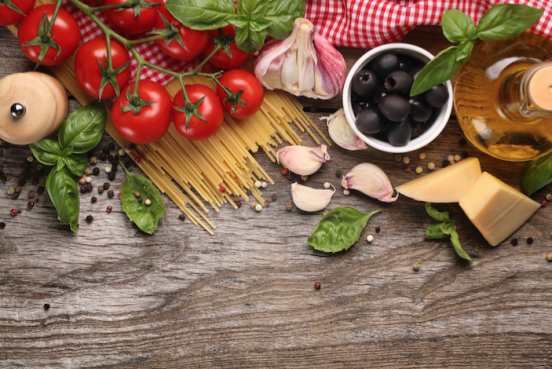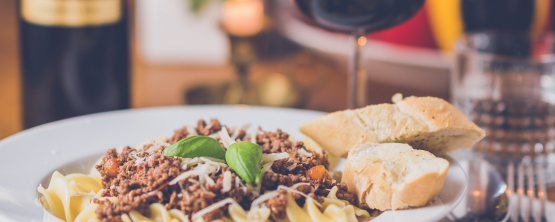Pasta making in Italy is like paradise for pasta lovers.
Pasta in Italy is so much more than just food – it’s a symbol of the union between local people, it’s part of their shared history and culture and of the place they were born and raised in. Legend has it that it was Marco Polo that brought pasta to Italy but that’s not exactly accurate. Visiting a local pasta making school in Italy might be the best way to get to know local culinary history. Today there are as many as 350 different types of pasta with each region having its own unique varieties. Take Tuscany for example – pici (no, they are not pronounced like a PC!) are a traditional Tuscan hand-rolled pasta that is pretty dense and is usually paired with wild boar meat from Siena. On a pasta cookingclass in Florence, Italy, you will learn all about local recipes and the magic behind creating a perfect tagliatelle dish with truffles and mushrooms. Spice up your experience by enjoying some truffle hunting in the countryside with a professional hunter and his faithful dog.
Pasta making in Rome: a sensory experience with a pinch of linguistics
A pasta making class in Italy is not only about following the recipe. It’s a sensory experience. Visit a local food market, smell the seasonal fruit and vegetables, do some grocery shopping and then put on your apron and meet your cook to enjoy some pasta making in Rome while sipping local wine just to pamper your palate a bit more. While chatting with your friendly chef learn all about different pasta types – while your pasta is becoming al dente spend some time perfecting your Italian and have a laugh: farfalle (butterflies), lumachine (little snails), orecchiette (little ears), bucatini (little holes) – how is your tongue doing? Fun fact: all Italian pasta names are plural.
A pasta making class in Bologna: a stuffing experience
Italian pasta comes in all shapes and sizes. It can be long or short. It can be round like vermicelli or thick-wide like pappardelle. It can have different colours – for example cook it with carrots and or pumpkin and your pasta will look like an orange…only slightly less round! You can have pasta for soups like stelline (stars) or stuffed pasta like tortellini which are typical of Emilia-Romagna region. If you are a fan of fillings, a pasta making class in Bologna is your choice – alternatively opt for the classic tagliatelle dish with the world famous Bolognese sauce. A food tour with Pignoletto wine tasting and a typical Italian breakfast might be a good addition,too!
Pasta making class in Italy: now that you’ve made it how do you serve it?
You have done it. You have signed up for the best pasta making class in Italy. Your cook has shown you the technique, you have learned all about the right ingredients, you have mixed the dough and now the big question comes: how can you serve it? Well, in Italy pasta is served in four main ways: pasta asciutta (boiled pasta accompanied with sauces), pasta soup usually boiled in broth, baked pasta like lasagne or cold pasta seasoned with fresh vegetables. Just don’t forget the golden rule: no ketchup on pasta, please, or your Italian friends might be seriously traumatized!
Celiac? Sign up for a gluten-free pasta making class in Italy
You really want to learn about pasta making in Italy but you are wondering if coming to the land of pasta might not be the best choice since wheat is not exactly your best friend? No worries! Italy is actually a gluten-free friendly country and not a gluten minefield as many might think. While food is undoubtedly at the center of social life, Italians have adapted pretty easily to alternative pasta options. When scheduling your pasta making class in Venice or Milan you will certainly find friendly cooks that will accommodate your dietary requirements. There are plenty of options available including pasta made from vegetables or a mix of quinoa and rice.
Are you planning a trip to Italy to become an Italian pasta masterchef?
Get in the mood with our recommendations for a culinary vacation in Italy, read some real Italian food experiences and plan your customized food & wine vacation in Italy with the help of our expert tour advisors.











Comments